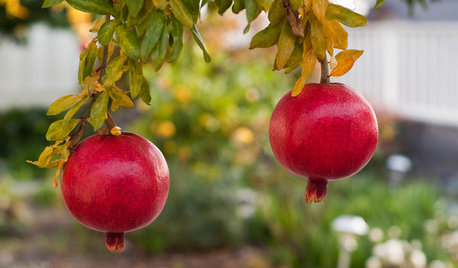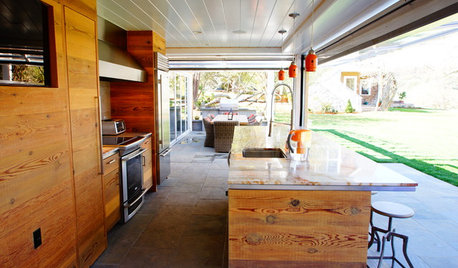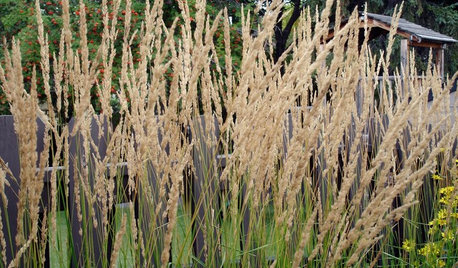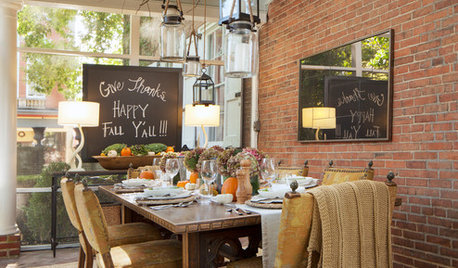planning for next season? (Northern hemisphere)
Fireraven9
21 years ago
Related Stories

GARDENING GUIDES10 Top Native Plants for Northern California Gardens
Enjoy a fuss-free, water-wise garden by growing plants naturally in tune with the climate and wildlife of Northern California
Full Story
GARDENING GUIDESNorthern California Gardener's October Checklist
It's still a great time to plant flowers, vegetables and even bulbs in California gardens this month, thanks to predictably mild weather
Full Story
GARDENING GUIDESBackyard Birds: Northern Cardinals in the Snow, and Other Red Birds
Brilliant crimson feathers make these friends stand out in a crowd
Full Story
GARDENING AND LANDSCAPING3-Season Rooms: An Open and Shut Kitchen Case
Contained one minute and open to the outdoors the next, this California kitchen is decidedly versatile
Full Story
GREEN BUILDINGInsulation Basics: Designing for Temperature Extremes in Any Season
Stay comfy during unpredictable weather — and prevent unexpected bills — by efficiently insulating and shading your home
Full Story
GARDENING AND LANDSCAPING5 Hot Cool-Season Grasses
Chill out this spring with resilient grasses that will kick-start your garden and may just last all year
Full Story0

LIFERetirement Reinvention: Boomers Plot Their Next Big Move
Choosing a place to settle in for the golden years? You're not alone. Where boomers are going and what it might look like
Full Story
ARCHITECTUREAre Vaulted Ceilings Right for Your Next Home?
See the pros and cons of choosing soaring ceilings for rooms large and small
Full Story
FALL AND THANKSGIVINGSimple Pleasures: Celebrate Fall With These Special Traditions
Enjoy a meaningful autumn with seasonal ideas for decorating, cooking and entertaining
Full Story
GARDENING GUIDES10 Cold-Hardy Succulents for Cool-Season Interest
These attractive plants shrug off colder temperatures, and many can be brought inside in containers in extra-chilly climates
Full StorySponsored






Marie_TX
polly_il
Related Professionals
Lyons Landscape Architects & Landscape Designers · Parole Landscape Architects & Landscape Designers · Rancho Palos Verdes Landscape Architects & Landscape Designers · Springfield Landscape Contractors · Woburn Landscape Contractors · Avocado Heights Landscape Contractors · Bell Gardens Landscape Contractors · Chesapeake Ranch Estates Landscape Contractors · Cockeysville Landscape Contractors · Leicester Landscape Contractors · Manhattan Landscape Contractors · Miller Place Landscape Contractors · Soddy Daisy Landscape Contractors · Quartz Hill Landscape Contractors · Homer Glen Solar Energy SystemsFireraven9Original Author
polly_il
Fireraven9Original Author
mike_stubbs